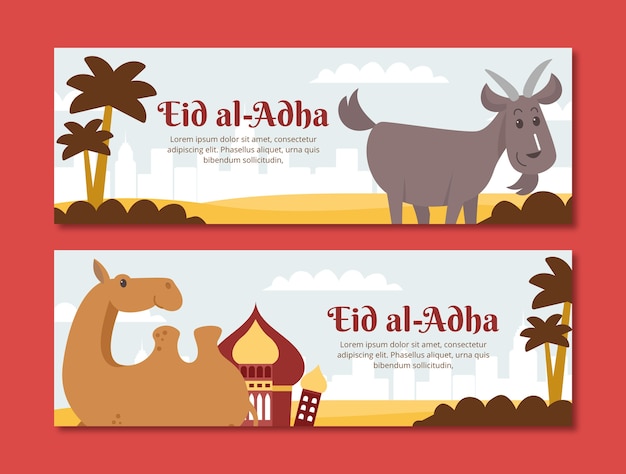

Camels are known as ships of the desert due to their ability to travel long distances across sandy terrain.
Camels can survive in extreme temperatures, ranging from scorching hot days to freezing cold nights.
Contrary to popular belief, camels store fat in their humps, not water.
A camel’s hump can weigh up to 80 pounds.
Camels have a third eyelid to protect their eyes from sandstorms in the desert.
They can close their nostrils to keep out sand and dust.
Camels have long, thick eyelashes to help shield their eyes from the desert sun.
They can drink up to 30 gallons of water in just 13 minutes.
Camels have a unique walking style known as pacing, where both legs on one side move forward at the same time.
They have tough, leathery pads on their feet that help them traverse hot desert sands.
Camels can go without water for up to two weeks.
A camel’s saliva is so thick and sticky that it can trap sand and prevent it from entering their digestive system.
They have adapted to conserve water through efficient urination and dry feces.
Camels can survive on a diet of thorny desert vegetation that other herbivores cannot consume.
They have a specialized valve in their throat called a dromedary fold that prevents food and water from entering their lungs.
Camels have long, curved necks that enable them to browse for food at heights unreachable by other animals.
They have wide, padded feet that distribute their weight evenly, preventing them from sinking in loose sand.
Camels have been domesticated for thousands of years and are an important mode of transportation in many desert regions.
There are two main species of camels: the dromedary, with one hump, and the Bactrian, with two humps.
A camel’s hump shrinks and droops when they haven’t eaten for a while.
Camels have uniquely shaped red blood cells that are oval rather than circular, allowing them to flow easily even under extreme dehydration.
They have a strong sense of smell and can detect odors from miles away.
Camels can run at speeds of up to 40 miles per hour.
They have a reputation for spitting, but this behavior is usually only exhibited when they feel threatened or frustrated.
Camels have long, powerful legs that enable them to kick predators with considerable force.
They have highly developed cheek muscles that allow them to chew tough vegetation.
Camels have a lifespan of around 30 to 50 years.
They have thick fur on their bodies that protects them from the harsh desert sun during the day and keeps them warm at night.
Camels have keen eyesight and can spot potential threats from afar.
They have the ability to close their nostrils completely, even in the midst of a sandstorm.
A camel’s body temperature can rise to over 104°F without them experiencing any distress.
They have long ears that help dissipate heat and regulate their body temperature.
Camels are excellent swimmers and can traverse deep waters.
They have a unique digestive system that allows them to extract maximum nutrients from their food.
Domesticated camels often have bells around their necks, which help their owners locate them in the vast desert landscapes.
Camels have a natural aversion to predators, such as lions and wolves.
They have been used in various cultures for their milk, wool, meat, and transportation capabilities.
Camels are highly adaptable and can thrive in other environments besides deserts, such as grasslands and mountains.
They have a specially adapted liver that allows them to efficiently process water and store it in their bodies.
Camels have been used in desert races and competitions for entertainment and cultural traditions.
They can carry loads of up to 900 pounds on their backs.
Camels have calloused patches on their knees and chest that protect them while lying or kneeling on hot sand.
They have unique vocalizations, including grunts, roars, and moans, used for communication.
Camels have been featured in various ancient and modern artworks, symbolizing resilience and survival.
They are gentle, intelligent creatures that have played a vital role in the livelihoods and cultures of desert communities for centuries.
Around the world, coffee enthusiasts enjoy Monin coffee concentrate since it is a multipurpose product. Conveniently combining…
The Importance of Choosing the Right Shower for Your Bathroom Renovating your bathroom can be…
Usain Bolt holds the record for the fastest 100-meter sprint in history.Bolt was named Sportsman…
Love is in the air... and it smells suspiciously like chocolate!Roses are red, violets are…
Life's a beach, take a picture and relax.Sun, sand, and salty kisses. That's what beach…
Hungary is home to the largest thermal water cave system in the world.The Rubik's Cube…